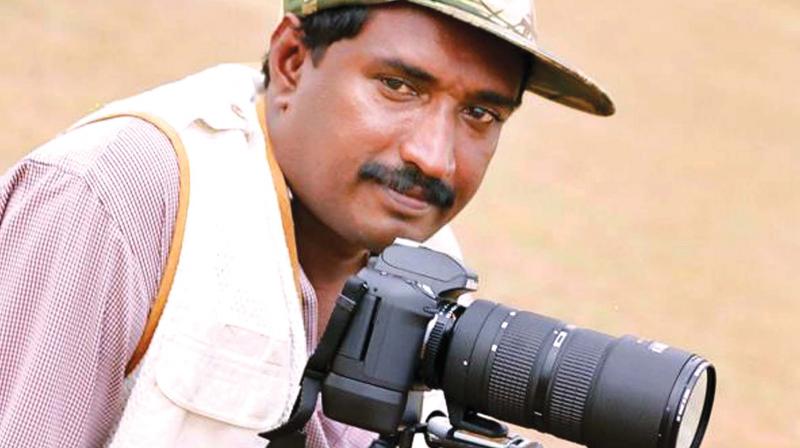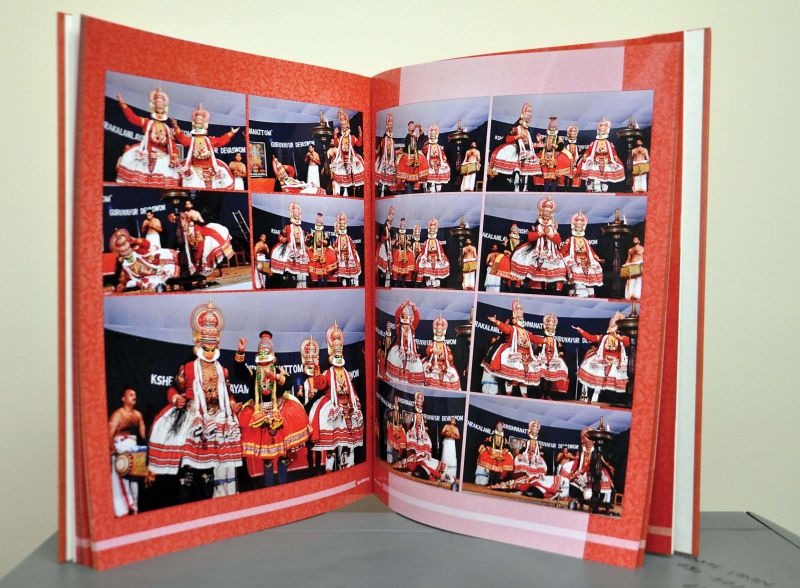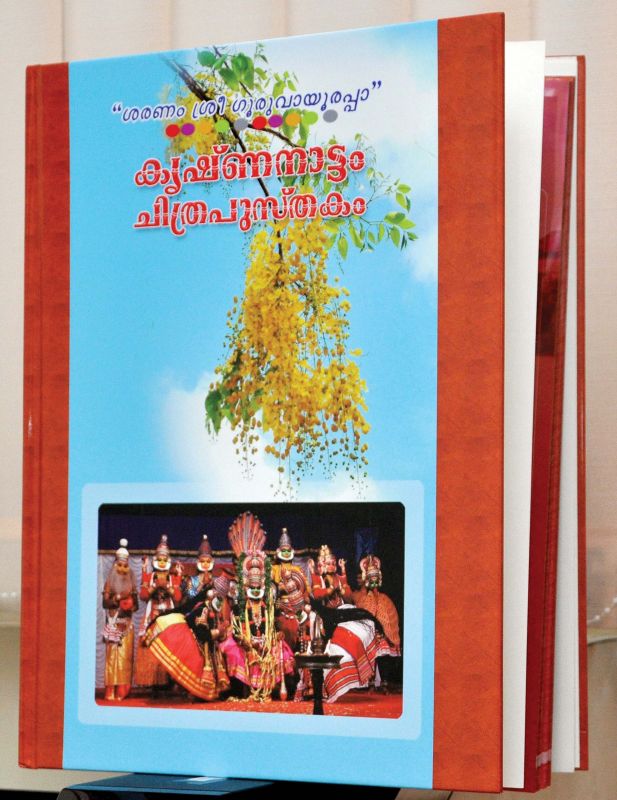Krishnanattam on the art map

For photographer P. Mohanakumar, better known as Mohan Eloor, capturing the essence of the art forms of Kerala is like a ritual. He arranges them in an album with descriptions, like a picture book. A Kathakali aficionado, he had earlier done Samboorna Ramayanam, a book on Ramayanam and Priyamaanasam (Nalacharitham Sampoornam)Kathakali Chithrapusthakam, which details the story of Nala and Damayanti.
Now, he has come up with the third book, which is about Krishnanattam, a temple art prevalent in Kerala before the advent of Ramanattam and Kathakali. “Krishnanattam consists of eight stories — Avataram, Kaliyamardanam, Rasakrida, Kamsavadham, Swayamvaram, Banayuddham, Vividavadham and Swargarohanam,” says Mohan, who spent six years to complete the album. His album covers all eight aspects.

“Since Krishnanattam was confined to temples, it didn’t reach the masses like Kathakali. Even now, it is not so popular. It is not frequently performed in all temples, except Guruvayoor temple, where it is an offering,” he adds.
Mohan came across this art form during his visits to Guruvayoor temple and realised the need to promote it. He travelled to temples where it is performed, took photographs and compiled it into a book. “We are not allowed to click photos in Guruvayoor. So, I went to other temples where it is performed. I have made only three copies of the book — one I submitted at Guruvayoor temple, the second one I sent to Prime Minister Narendra Modi and the third one is kept as reference material,” says Mohan, who believes the book would help others realise the potential of Krishnanattam that couldn’t become popular like Kathakali.

“Unlike Kathakali, Krishnanattam is quick. For instance, in Kathakali, if Poothanamoksham is performed in a day, it takes just five minutes in Krishnanattam. Also, the songs are in Sanskrit and hence the audience may not be able to comprehend it easily,” he says. “In Kathakali, the female characters don’t use chutti, whereas in Krishnanattam it is allowed. Also, masks are used for characters like the demon,” he adds.

